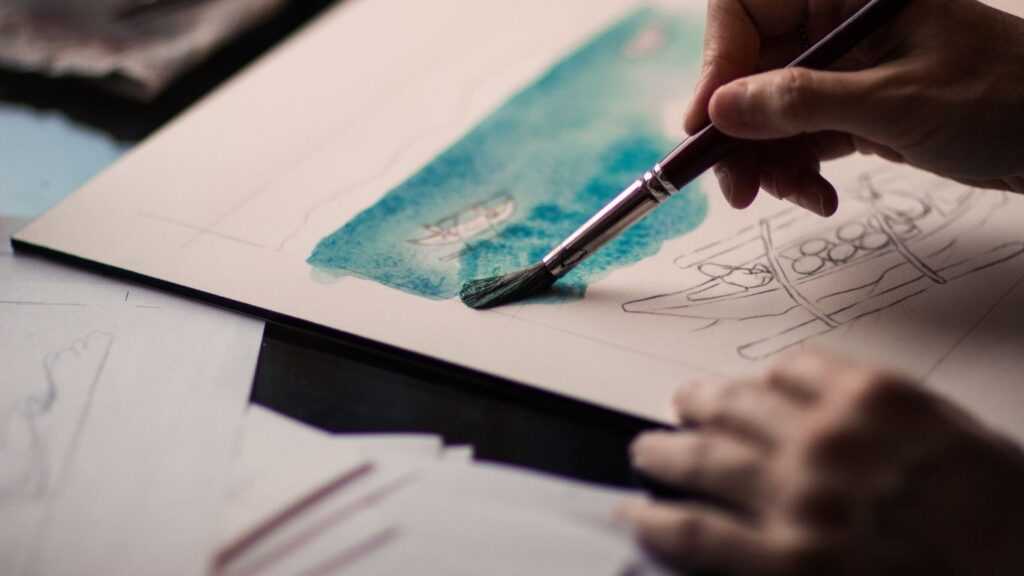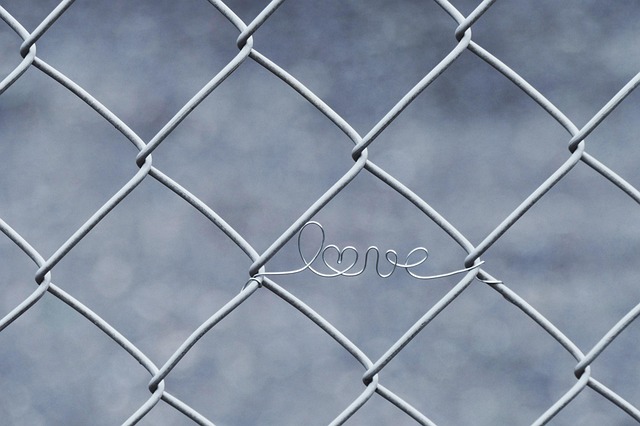In today’s fast-paced digital age, preserving cultural heritage might seem like a daunting task. Yet, digital media has emerged as a powerful tool in safeguarding our rich and diverse histories. From ancient manuscripts to traditional music, digital platforms are making it easier than ever to document, share, and celebrate cultural treasures.
I’ve seen firsthand how digital archives and social media campaigns can breathe new life into forgotten traditions. By leveraging technology, we’re not just preserving artifacts but also fostering a deeper connection with our roots. Digital media is proving to be an invaluable ally in keeping our cultural heritage alive for future generations.
The Importance of Cultural Heritage Preservation
Cultural heritage preservation is crucial for maintaining the identity and continuity of societies. Digital media plays a significant role in this endeavor by safeguarding our shared legacy and ensuring its accessibility.
Threats to Cultural Heritage
- Threats to Cultural Heritage: Cultural heritage faces numerous threats.
- Natural Disasters: Earthquakes and floods can destroy invaluable artifacts.
- Human Activities: Urbanization, armed conflicts, and looting result in irrevocable loss.
- Environmental Factors: Climate change accelerates deterioration.
- Proactive Measures Needed: Without proactive measures, these threats can erase important aspects of history.
Benefits of Preservation
- Multiple Benefits: Preserving cultural heritage offers multiple benefits.
- Sense of Identity: It fosters a sense of identity and pride among communities, reinforcing social cohesion.
- Economic Advantages: Economic advantages emerge through tourism and related industries, attracting visitors eager to experience preserved traditions and landmarks.
- Educational Opportunities: Educational opportunities flourish, allowing future generations to study, understand, and appreciate their heritage.
- Digital Media: Digital media bridges the gap by making cultural heritage accessible globally, democratizing knowledge and fostering global connections.
Digital Media as a Tool for Preservation

Digital media plays a crucial role in preserving and promoting cultural heritage. It offers opportunities to document, store, and share valuable traditions and artifacts.
Digital Photography and Videography
Digital photography captures high-resolution images of artifacts and heritage sites, enabling detailed records that last indefinitely. When photographing historical sites, it ensures documentation remains precise, preserving intricate details. Videography, on the other hand, creates dynamic records of cultural events. For example, festivals and rituals can be documented, showcasing both visuals and sounds. Museums and archives use photography and videography to create digital catalogs, making cultural treasures accessible online.
Virtual Reality and Augmented Reality
Virtual reality (VR) recreates historical environments, allowing users to experience cultural heritage immersively. For instance, VR can simulate ancient civilizations, letting people explore historically accurate settings from their homes. Augmented reality (AR) enhances real-world experiences by overlaying digital information onto physical surroundings. AR applications can provide historical context when viewing landmarks, enriching the visitor experience. Museums utilize VR and AR technologies to offer interactive exhibits, making learning about cultural heritage more engaging and educational.
Case Studies: Successful Digital Preservation Projects
Digital media offers innovative solutions for preserving cultural heritage. Let’s look at how two projects exemplify this.
Digitization of Ancient Manuscripts
The British Library’s Endangered Archives Programme (EAP) represents a remarkable effort in safeguarding ancient texts. This project digitizes manuscripts from regions where materials face threats from neglect, conflict, or environmental factors. By creating high-resolution digital copies, the EAP ensures these manuscripts remain accessible to researchers worldwide. The project has already preserved over 9 million images, covering subjects from historical records to rare literary works.
VR Tours of Historical Sites
The VR Tour of the Chauvet Cave in France showcases how technology can breathe new life into historical exploration. The cave contains some of the earliest known prehistoric artworks, dating back over 30,000 years. Given its fragility, the site remains closed to the public. However, a virtual reality tour allows users to explore the cave’s art in remarkable detail. By wearing VR headsets, individuals can experience the cave’s interior, appreciating its intricacy without physically being there. This project not only protects the cave but educates and immerses global audiences.
These case studies illustrate the power of digital tools in preserving and promoting cultural heritage.
Challenges in Using Digital Media for Preservation
While digital media offers many benefits for preserving cultural heritage, specific challenges exist that need addressing to optimize usability and effectiveness.
1. Technological Limitations
Digital preservation faces several technological limitations that can impact its efficacy. High-resolution imaging, such as that used in capturing detailed photographs and VR environments, requires significant storage capacity and robust processing power. File formats for images, videos, and 3D models often lack standardization, leading to compatibility issues over time. Additionally, the rapid pace of technological advancements can render older digital formats and storage media obsolete, making long-term preservation difficult. For example, it can be challenging to access data stored on outdated hardware like floppy disks or early CD-ROMs without proper equipment and software.
2. Cultural and Ethical Considerations
Using digital media for cultural heritage preservation also raises cultural and ethical considerations. Some communities may resist digitizing sacred or sensitive artifacts, fearing loss of control or misrepresentation. An example is indigenous groups that may perceive digital replication of their cultural practices as lacking authenticity or context. Intellectual property rights can complicate sharing and accessing digitized cultural materials, especially when multiple stakeholders, such as governments, local communities, and private entities, are involved. It’s crucial to ensure ethical practices in digital preservation by respecting the wishes and traditions of cultural groups and maintaining clear, respectful communication throughout the digitization process.
Future Trends in Digital Preservation of Heritage
Emerging trends in digital preservation are reshaping how we safeguard cultural heritage. Notable advances in technology and increased global collaboration are driving these changes.
Advances in Technology
Technological progress continually enhances digital preservation. Machine learning (ML) and artificial intelligence (AI) are revolutionizing archival practices. For example, AI-driven tools like automated metadata tagging streamline the categorization of vast collections. 3D scanning and printing enable the creation of detailed replicas of artifacts, aiding both preservation and educational purposes.
Blockchain technology improves data security for digital archives, providing transparent and tamper-proof records. Experts use immersive technologies like virtual reality (VR) and augmented reality (AR) to create interactive experiences of cultural sites. These technologies provide users with richer educational experiences and broader accessibility.
Increased Global Collaboration
Enhanced collaboration among international entities promotes effective preservation strategies. Shared platforms and databases, such as Europeana and the Digital Public Library of America (DPLA), allow researchers to access a vast array of digital artifacts from diverse collections worldwide. Cross-border initiatives, like UNESCO’s World Heritage Centre, encourage cooperation in protecting and promoting cultural heritage.
Global partnerships also facilitate the sharing of best practices and technological innovations. For instance, collaborative digitization projects integrate efforts and resources from multiple countries to preserve endangered manuscripts and artifacts efficiently. The coordinated efforts ensure that the cultural heritage of different regions is preserved comprehensively and accessibly.
Note that I retained context from previous content to ensure coherence while structuring and optimizing the new section on future trends.
Conclusion
Digital media plays an essential role in preserving cultural heritage by utilizing innovative technologies like AI and 3D scanning. These advancements ensure that traditions and historical artifacts are documented and accessible for future generations. Projects like the British Library’s digitization efforts and VR tours of significant sites demonstrate the potential of digital platforms to protect our shared history. Global collaboration through initiatives such as UNESCO’s World Heritage Centre underscores the importance of working together to safeguard our cultural legacy. By embracing these digital tools and partnerships, we can create a more inclusive and well-documented cultural heritage landscape.

 Justin Langer is a key contributor at Info Wave Circle, known for his insightful articles and creative approach to technology and societal issues. With a deep passion for innovation and a knack for storytelling, Justin plays a crucial role in communicating the vision and achievements of Info Wave Circle to a broader audience.
Since joining the team, Justin has been instrumental in crafting compelling content that highlights the transformative potential of technology. His work not only informs but also inspires the Info Wave Circle community and beyond. Justin’s dedication to exploring new ideas and his ability to convey complex concepts in an engaging manner make him an invaluable asset to the organization’s mission of fostering innovation and societal progress.
Justin Langer is a key contributor at Info Wave Circle, known for his insightful articles and creative approach to technology and societal issues. With a deep passion for innovation and a knack for storytelling, Justin plays a crucial role in communicating the vision and achievements of Info Wave Circle to a broader audience.
Since joining the team, Justin has been instrumental in crafting compelling content that highlights the transformative potential of technology. His work not only informs but also inspires the Info Wave Circle community and beyond. Justin’s dedication to exploring new ideas and his ability to convey complex concepts in an engaging manner make him an invaluable asset to the organization’s mission of fostering innovation and societal progress.
